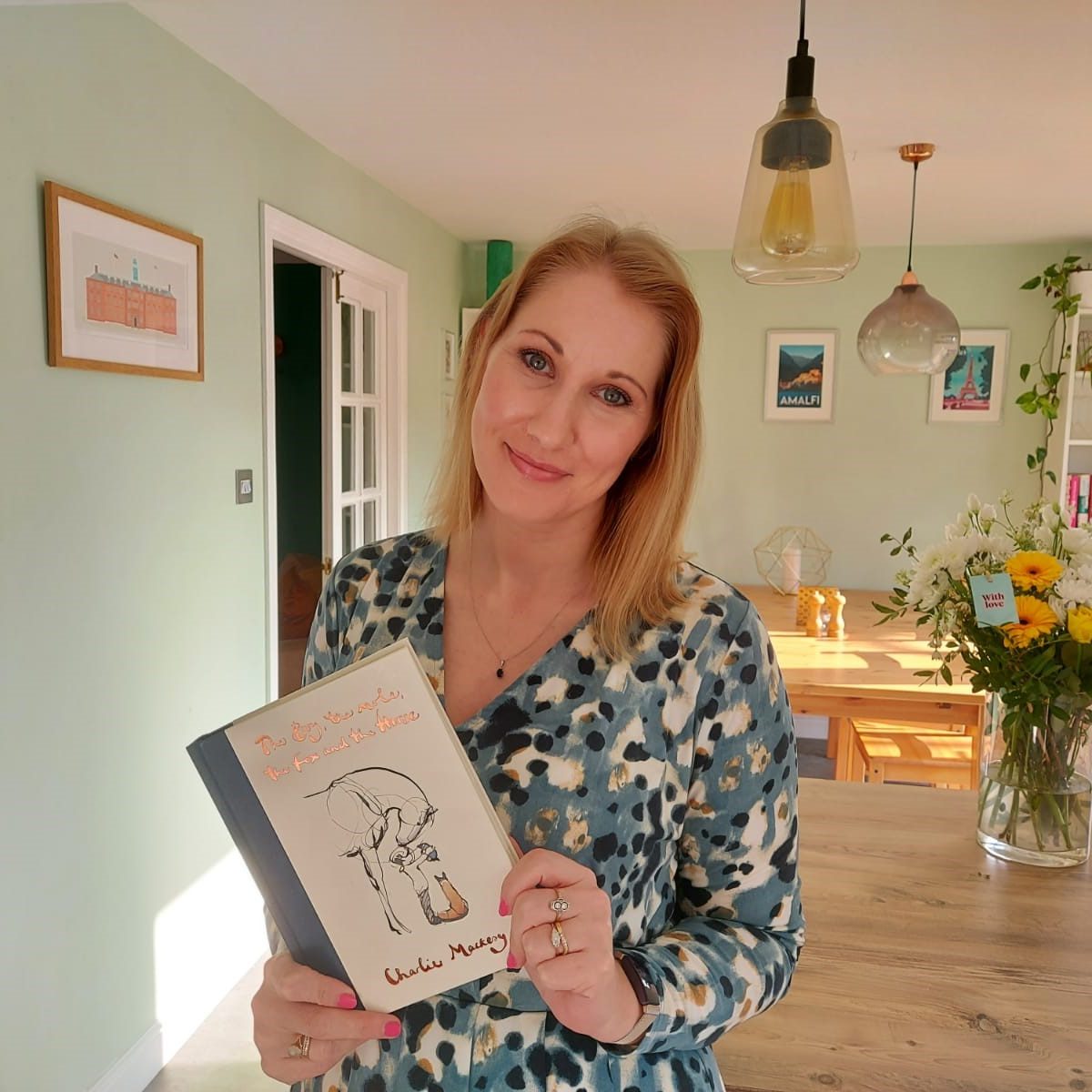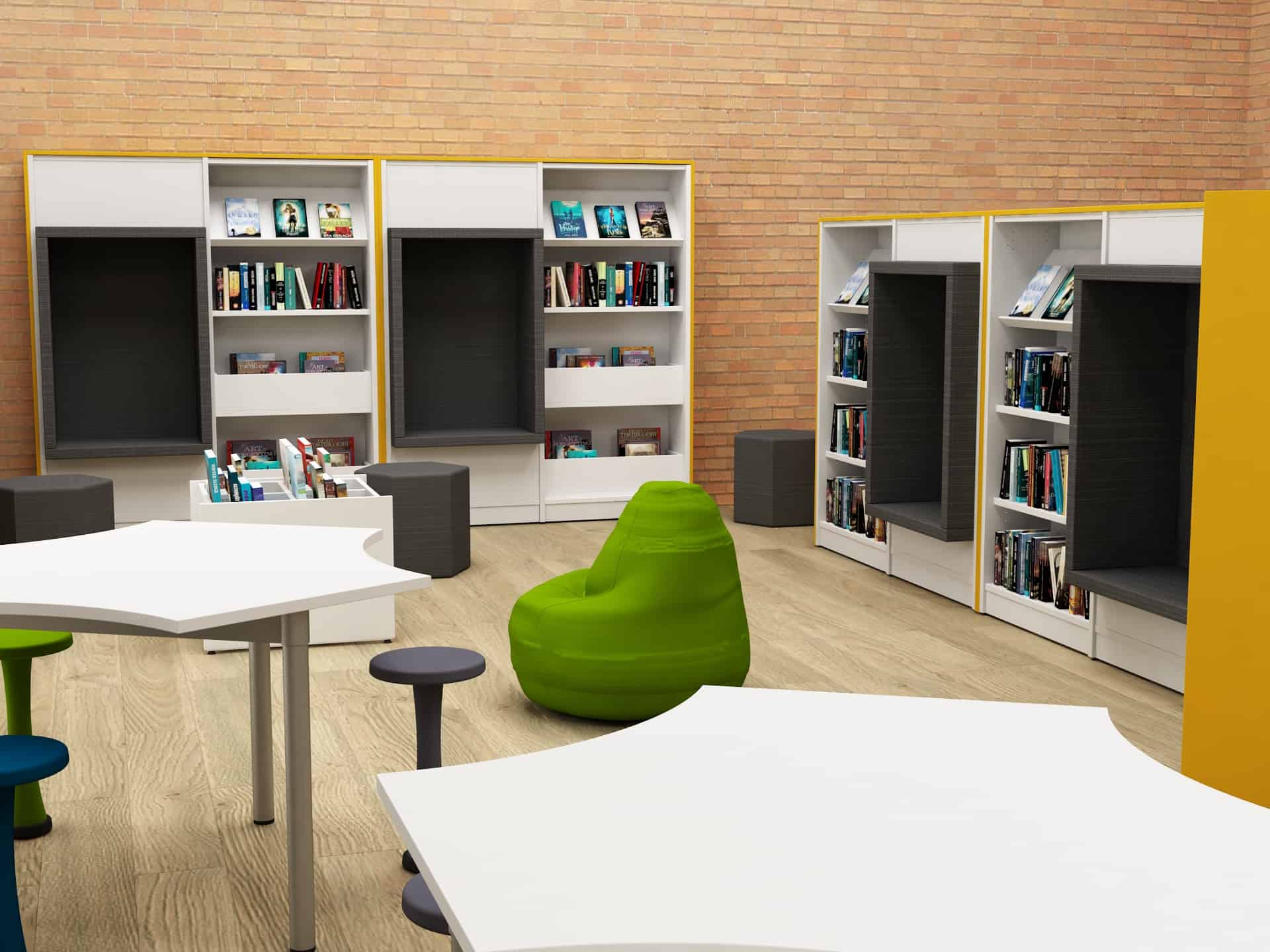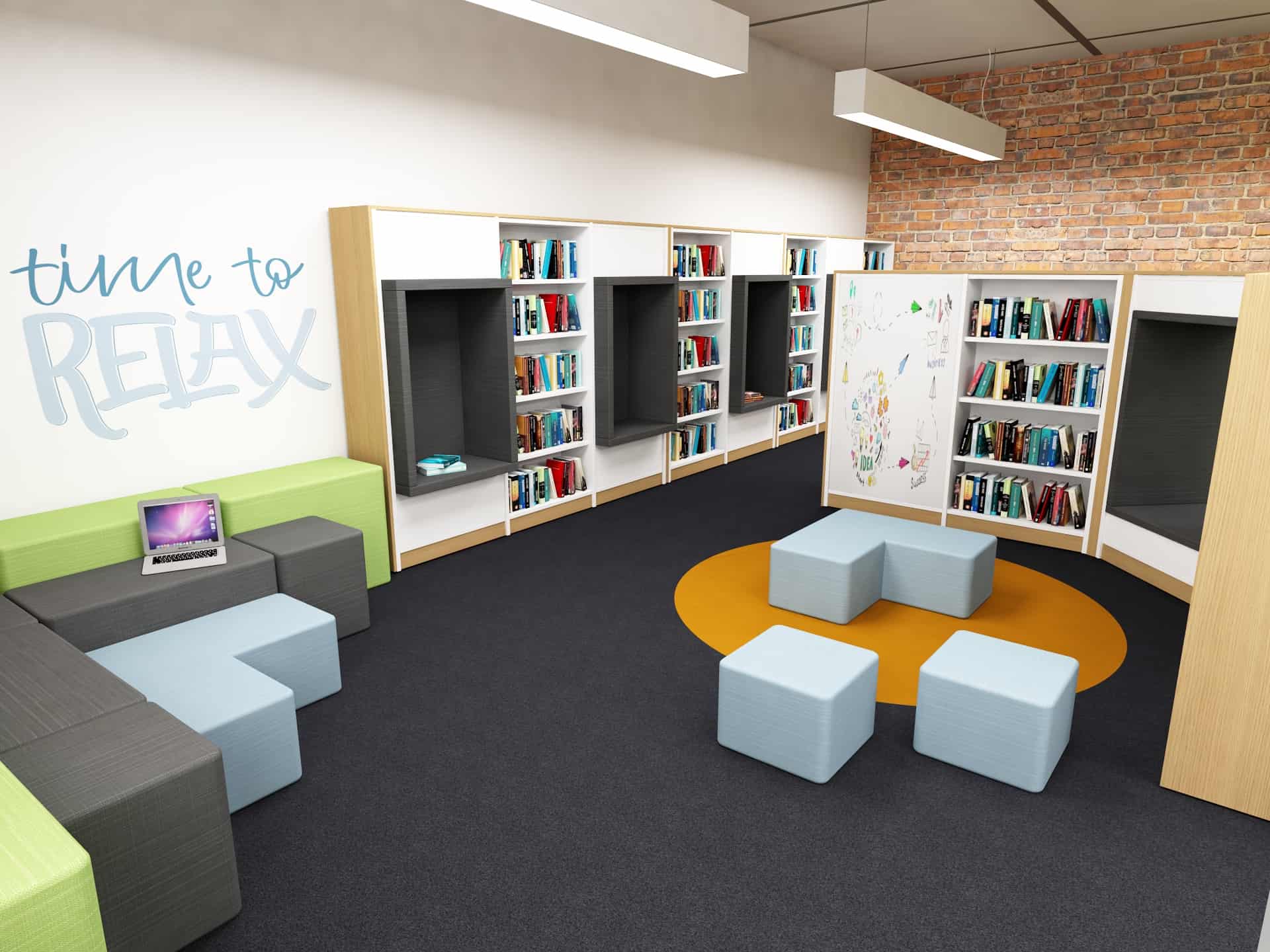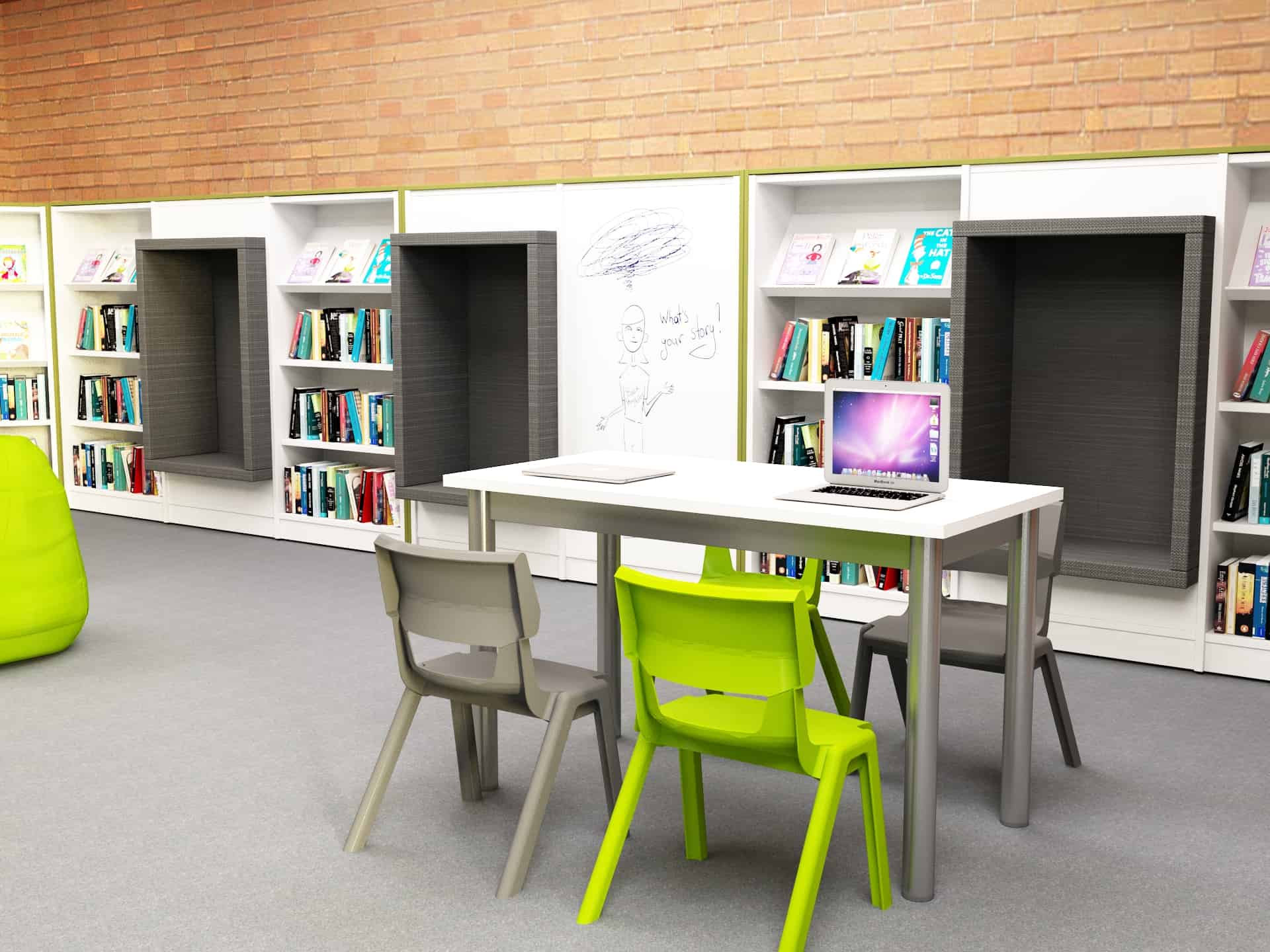WF’s library enthusiast Nikki Haw compares libraries to takeaways…
Lockdown provided endless possibilities for just getting round to things. One thing I was pleased to get round to was watching the oft recommended and long-running TV series, Mad Men. Set in a New York ad agency in the 50’s, a favourite episode explored the creation of a campaign to promote the modern concept of the ‘fast food’ restaurant. The episode culminates with three main characters eating a meal inside a Burger Chef; Peggy wants to shoot the ad there.
“It’s not a home,” objects Pete. “It’s better,” Peggy reassures him.
She argues that the constant presence of the TV, telephone and modern life in the house makes it impossible to truly enjoy a family meal.
This got me thinking. About libraries, and people, and the challenge libraries face in providing space, as an alternative to home, where you can relax and truly enjoy a book…








